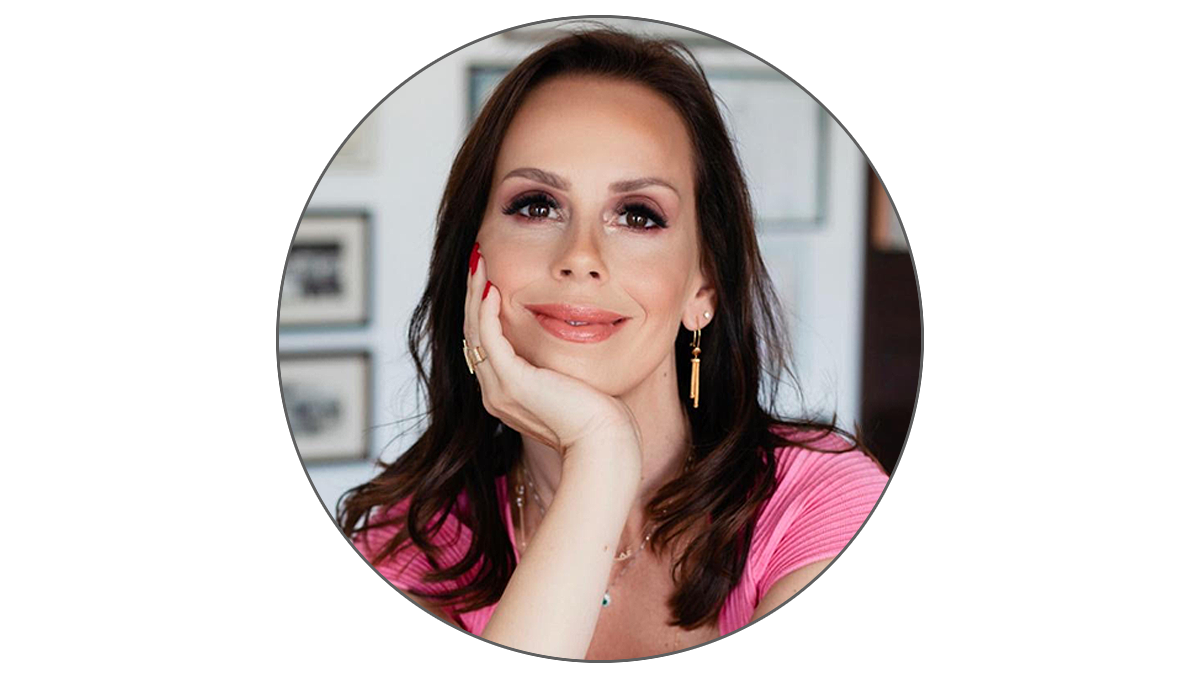24/06/2025
24/06/2025

In times of instability, gold shines even brighter. The metal closed higher on June 23, driven by escalating tensions in the Middle East following U.S. attacks on Iran. This performance reinforces gold’s role as a hedge against inflation and geopolitical risk. More than just a financial asset, gold is a central part of feminine culture in the Middle East.
In countries like Saudi Arabia, Kuwait, Qatar, and others, women buy gold — typically 21, 22, or even 24 karats — as personal savings, security, and family legacy. Unlike men, who tend to invest in property, women favor jewelry that can be converted into capital: necklaces, bracelets, and rings — often given as gifts at weddings and celebrations — that function as reserves in times of crisis.
I lived in Amman, Jordan, and now live in Kuwait. In both places, I witness eyes that light up — mine included — at the sight of that deep amber gold. And it’s not just about aesthetics. For us Brazilians, used to 18-karat gold — and, it must be said, accustomed to seeing it whether we purchase it or not — the contrast is striking.
In Brazil, as in other Western countries, the value of gold is often tied to design, branding, and the prestige of exclusive jewelry houses. The price is high not just because of the metal itself, but because of everything around it. Here in the Middle East, the value lies in the purity of the gold and its direct function as a store of value. It is gold for the sake of gold — investment, security, inheritance, autonomy.
Historically, women’s use of gold in the Middle East also signaled social status and symbolized familial power. But there’s more: buying gold represents financial autonomy — a quiet form of freedom. What may seem like adornment is also a signal of security and protection in uncertain times.
At this moment of tension, when conflicts in the Middle East are shaking global markets, this metal gleams beyond its economic worth. It stands as a shield against inflation, a portable form of wealth, and a reflection of feminine resilience, offering, above all, the freedom to choose.
By Giovanna Jardim


